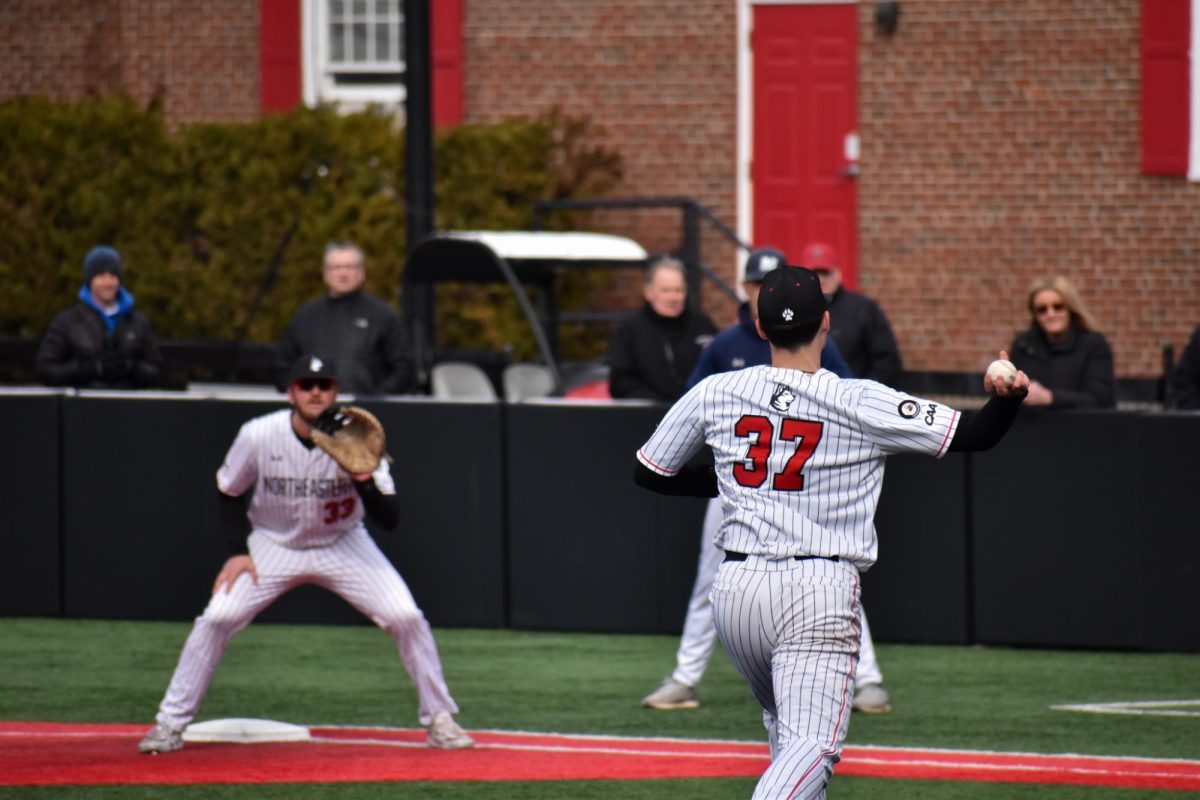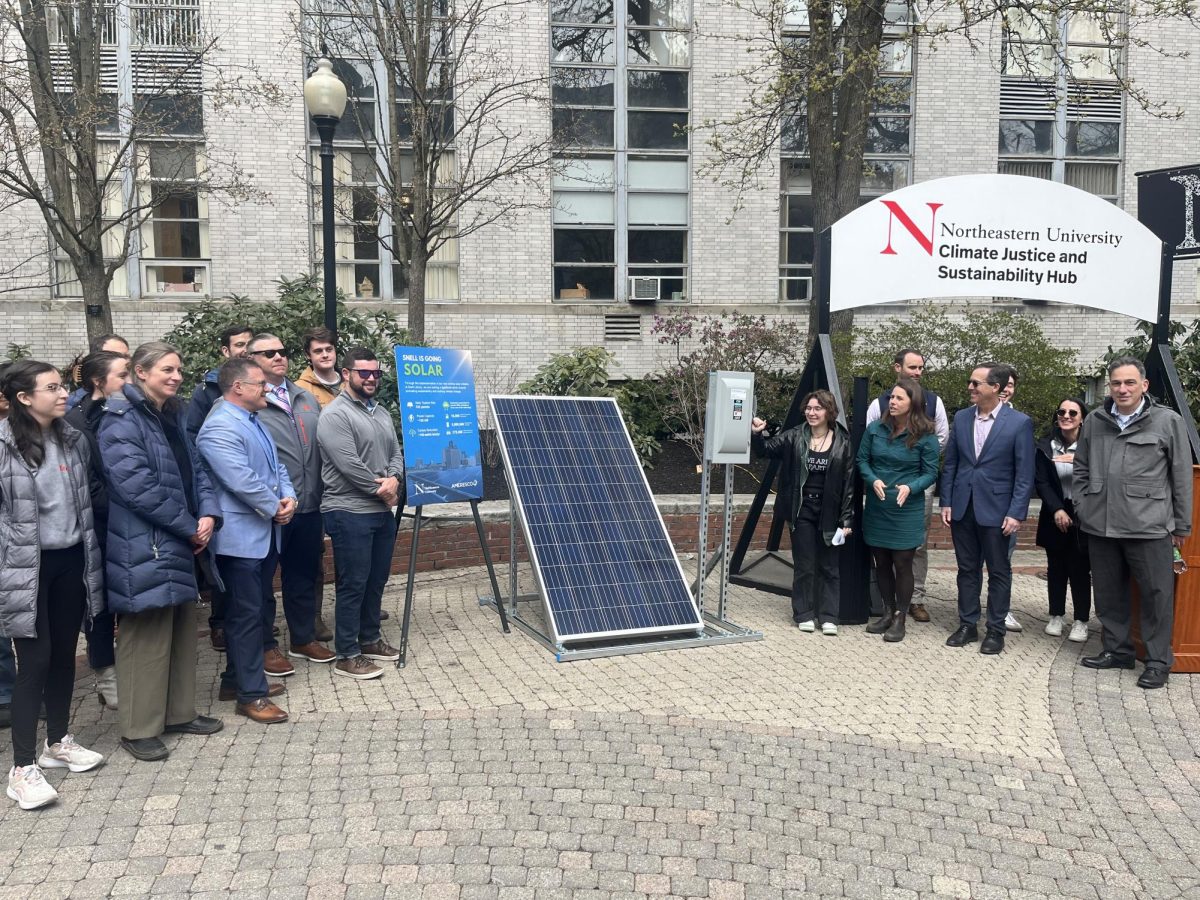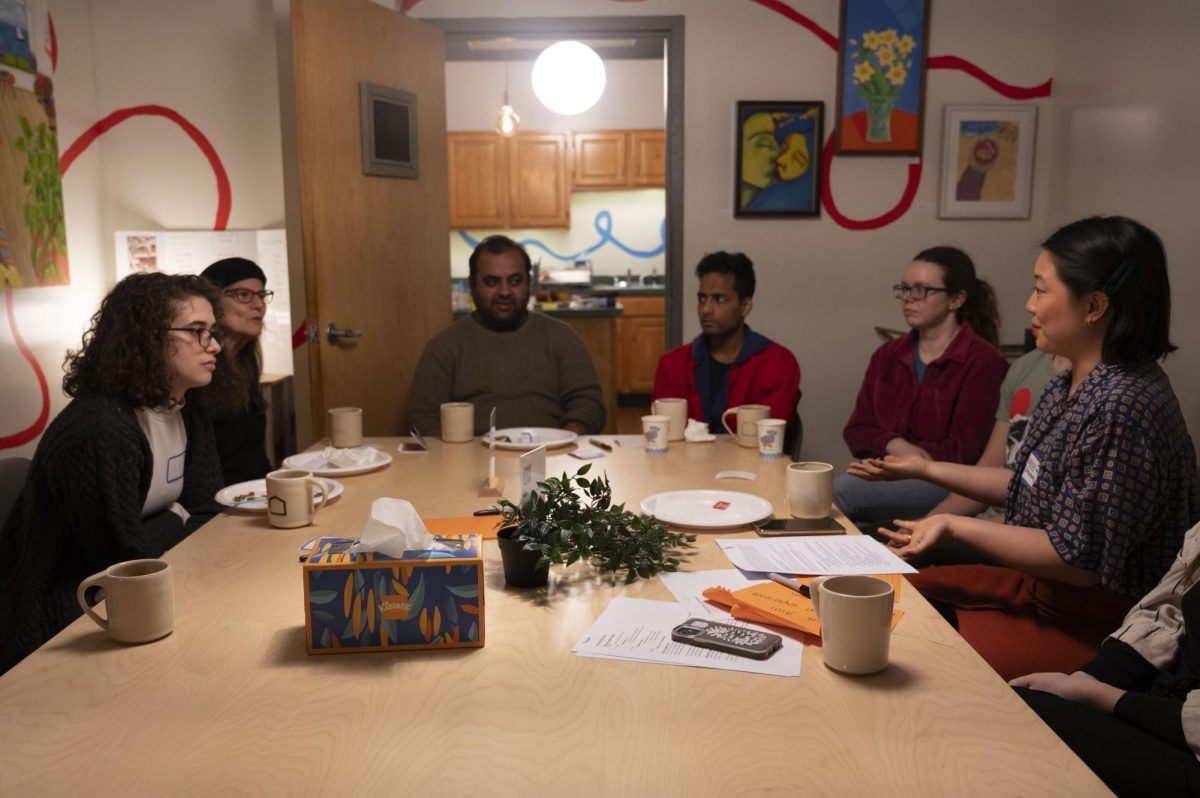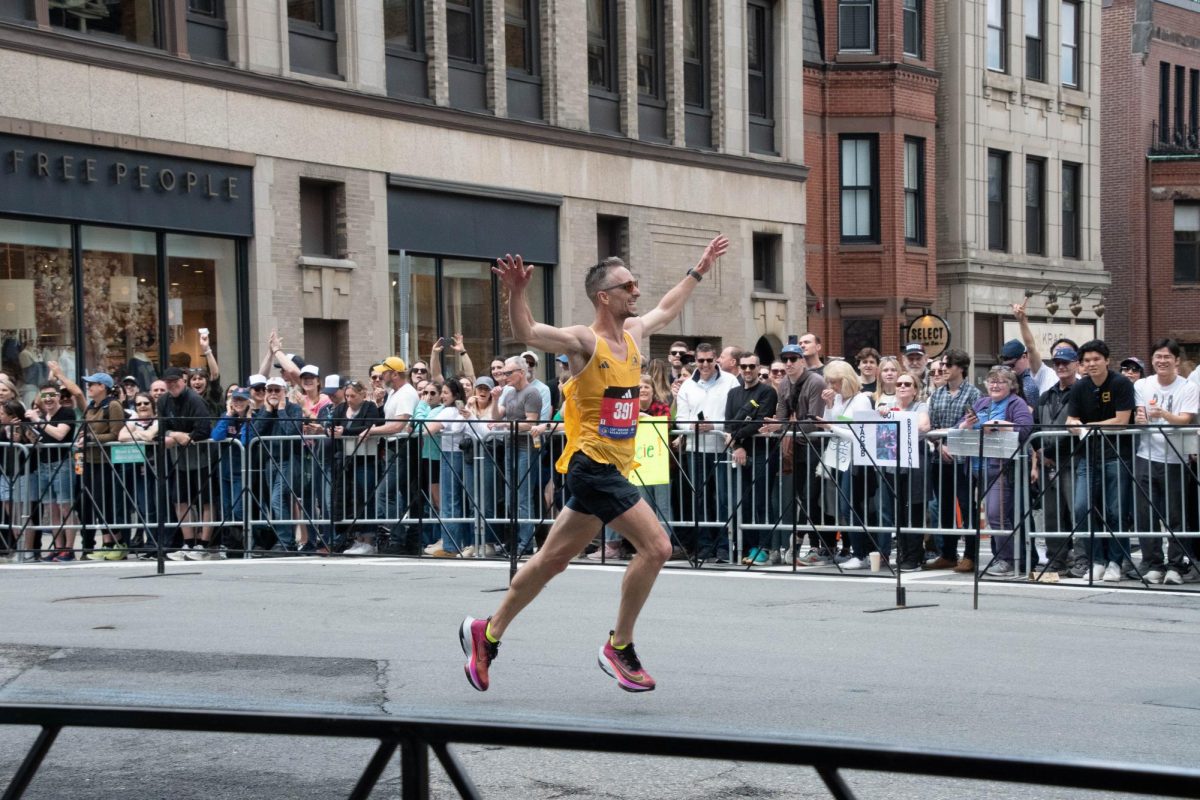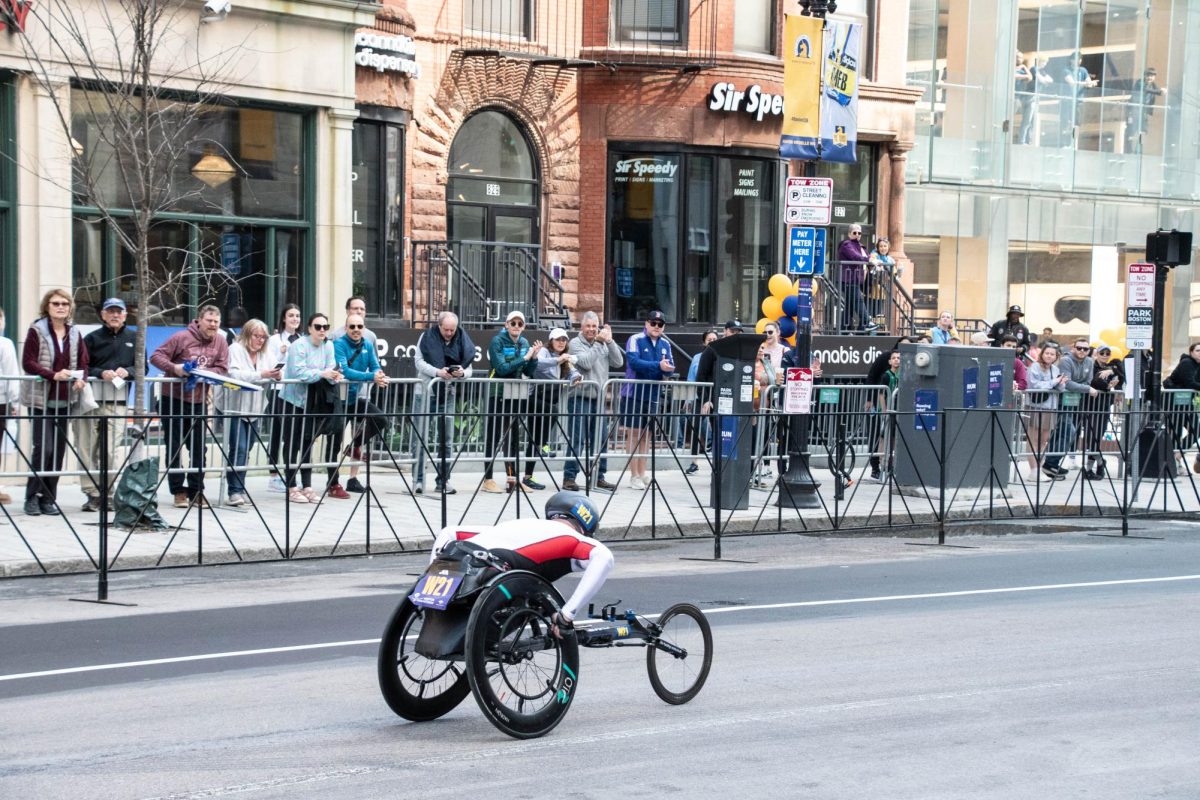By Cole Albert, news correspondent
Top students from all over the world gathered at the Massachusetts Institute of Technology Friday and Saturday, racing to solve real-world challenges at the MIT Energy Hackathon.
The hackathon was hosted by the MIT Energy Club, an organization devoted to hosting educational events to get people thinking about how they can improve the world. Energy and automotive companies provided hackathon teams with prompts, such as replacing Puerto Rico’s power grid, designing a more efficient biofuel generator and creating a plan to transition the automotive industry to electric-only vehicles. Teams were also tasked with considering the legal and financial limitations of their solutions.
The sponsors, which included General Motors, General Electric, The Energy Authority and Cimetrics Analytica, awarded prizes of $2,000, $1,500 and $1,000 to the top three teams, as well as $100 prizes to the winners for each prompt.
Energy Club member Akshat Agarwal, a third-year aeronautics and astrophysics Ph.D. candidate, said he was excited to help familiarize students with the complex issues faced by modern corporations. In its third year, Agarwal noted that the event is still growing, with new sponsors volunteering every year.
“They have a really good idea of what the industry’s problems are, and they have individual problems that they’re not sure how to solve,” Agarwal said. “It’s an opportunity for companies to find solutions to their problems, but also to be able to engage with students.”
Robert Trinnear, representative for The Energy Authority, was excited to be able to reach out to students and see what solutions they could create.
“This is an opportunity for us to get folks with a different perspective, a lot of smart minds innovating and coming up with different solutions,” said Trinnear. “I couldn’t have asked for more, everyone put in an amazing effort.”
Cimetrics, a company based in downtown Boston that focuses on improving energy efficiency, worked with teams of high school and college students from China, who came to the hackathon on a sponsorship, as well as several Northeastern students.
“There are certain things that the market economy will take care of on its own, and there are other problems that require government intervention,” said Jim Butler, a Cimetrics representative. “I wanted the students to think about what government can do to reduce greenhouse gas emissions.”
One of Cimetrics’ teams, The Energy Guardians, consisted of students from Northeastern and the University of Pennsylvania. Rohit Kogta, a second-year graduate student studying electrical engineering at Northeastern, said the competition was a reunion with his friends, who knew each other from their undergraduate years at the University of Mumbai. According to Kogta, they had already figured out a strategy by the first day.
“We are planning to target two cities from a developing nation so we can see what different policies they are developing currently, and what good formations of policy can come up so they can reach their sustainability goal,” Kogta said.
The Energy Guardians did not reach the final round, but Butler said he was still impressed with the team. The nine teams that qualified as finalists presented their solutions in front of the other teams, the company representatives and a panel of judges, who selected the top three.
The first-place prize went to Team Electrons, made up of MIT, Northeastern and Mount Holyoke students, as well as one of the high school students from China. The team, which took on General Electric’s prompt, not only devised a plan on how to reduce carbon emissions, but also designed an algorithm that could help businesses figure out which reduction projects would be the most effective.
Team Sloanergies took second place, addressing The Energy Authority’s prompt concerning how to update the business plans of the energy utilities. Their plan included measures to invest in charging technology for electric vehicles, monetize the data that they collect from consumers, and maximize their overall efficiency. Team I.N.A.M., sponsored by Purpose Energy, came in third, designing an improved Biofuel reactor that re-uses waste.
Judges Louis Carranza, associate director of the MIT Energy Initiative, and Steven Barrett, an aerospace engineering professor at MIT, admired the ambition of the event as much as the teams themselves.
“I was struck by how many of the proposals incorporated policy, technology and business or market realities,” Carranza said. “I came in thinking that it would be more tech-exclusive.”
Barrett was also fascinated by the variety of economic factors teams in each category addressed.
“It was interesting to see the range of things, tackling problems that are about alleviating poverty to problems that are related to making money,” Barrett said. “I thought that the range from social entrepreneurship to regular entrepreneurship was interesting.”




